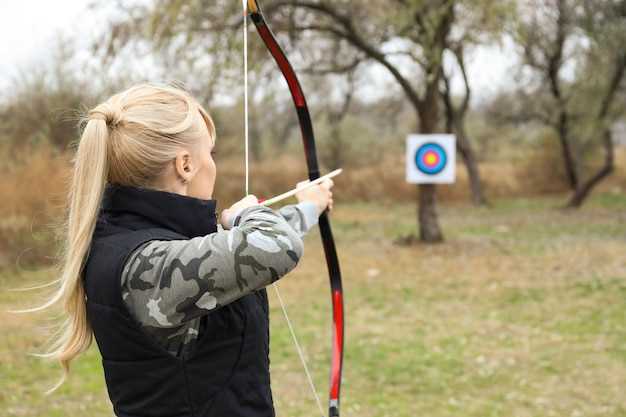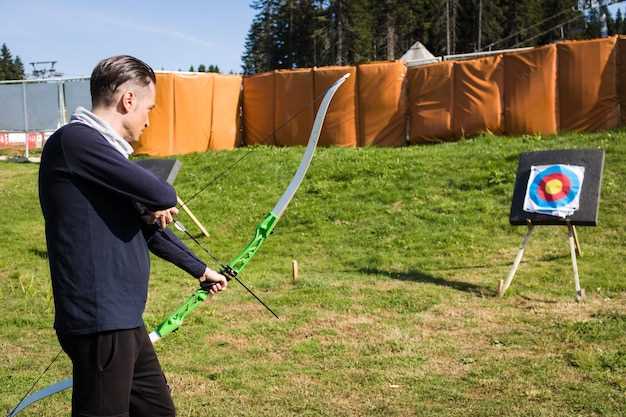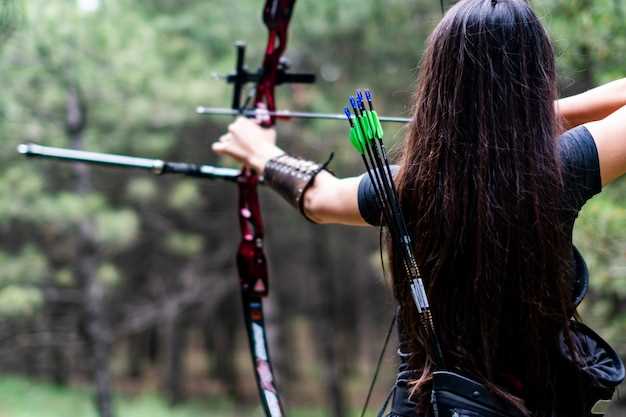
Choosing the right bow release aid is crucial for any archer looking to enhance their performance and accuracy. With a multitude of options available on the market, this guide aims to simplify your decision-making process by exploring various types of release aids, their features, and user reviews. Understanding these variables is essential for selecting the gear that best suits your shooting style and preferences.
Bow release aids come in several forms, including trigger release, index finger release, and wrist strap release, each offering distinct benefits and functionalities. As we delve into the characteristics of each type, you will gain insights that can help you pinpoint which style aligns with your needs. Furthermore, user reviews provide valuable real-world feedback, highlighting the performance and reliability of different models, ensuring that your choice is informed by experience.
This article will provide a comprehensive overview of the essential features of bow release aids, helping you to identify the perfect aid that complements your technique. Whether you are a seasoned archer or a beginner, equipping yourself with the right gear is indispensable for achieving success in the field or at the range. Let’s explore the diverse options available and see what fellow archers are saying about their experiences.
Bow Release Aids: A Comprehensive Guide
Bow release aids are essential tools for archers, enhancing accuracy and consistency during shooting. This guide delves into various types of release aids, their features, and user reviews to help you make an informed choice.
Types of Bow Release Aids

- Wrist Release Aids: These are worn on the wrist, featuring a trigger mechanism controlled by the index finger. They offer a solid anchor point and are popular among bowhunters.
- Handheld Release Aids: Held in the hand, these releases allow for greater freedom of movement. They typically require a more controlled trigger pull, making them suitable for target archers.
- Gravity Release Aids: Utilizing gravity rather than a trigger system, these aids let the archer control the shot through subtle movements. They require advanced skills and understanding of the shooting process.
- Back Tension Release Aids: Designed to promote a surprise release, these aids require the archer to pull through the shot until the release occurs. This method helps to reduce target panic.
Key Features to Consider
- Adjustability: Look for a release aid with adjustable features to fit your shooting style and comfort.
- Trigger Pull Weight: The weight required to activate the trigger can vary. Choose one that matches your preference for sensitivity and control.
- Material: Durable materials contribute to the longevity of the release aid. Aluminum and high-quality plastic are common choices.
- Comfort: An ergonomic design can enhance handling and reduce fatigue during prolonged use.
User Reviews
Feedback from seasoned archers can provide valuable insights into the performance of release aids. Here are some common themes from user reviews:
- Wrist Release Aids: Users appreciate the stability they offer, particularly in hunting scenarios.
- Handheld Release Aids: Many find these releases provide increased precision and control, especially for target practice.
- Back Tension Release Aids: Reviewers often note improvements in their shooting consistency and a reduction in target panic after switching.
By understanding the different types of bow release aids and their features, archers can select the right release aid to enhance their shooting experience. Whether you are a beginner or an experienced shooter, this guide aims to assist you in making the best choice for your needs.
Understanding Different Types of Bow Release Aids

Bow release aids are essential tools for archers, providing greater consistency and precision during shooting. They come in various types, each offering unique features that cater to different shooting styles and preferences. This guide will explore the main types of bow release aids, making it easier for archers to choose the right one for their needs.
One common type is the trigger release aid, which operates using a trigger mechanism that the archer pulls to release the bowstring. These aids offer a familiar feel for those used to firearms, allowing for a quick and precise release. Many trigger releases are adjustable, enabling users to customize the sensitivity to fit their comfort level.
Another popular option is the wrist-strap release aid. This type secures to the wrist and allows for a hands-free experience while holding the bow. Typically featuring a trigger mechanism on the side, they are designed for easy access and can be adjusted for a snug fit. Wrist-strap releases are robust and ideal for both target and field archery.
The thumb release aid is gaining popularity due to its innovative design. Instead of pulling a trigger, archers press a button with their thumb, providing a different feel when releasing the bowstring. This method can enhance shot execution and reduce unwanted movement, appealing to many competitive archers.
For those looking for extreme sensitivity, the back tension release aid is an excellent choice. It requires the archer to pull the bow string back gradually, building tension until it releases automatically. This technique can help with developing proper shooting form and improving accuracy over time. However, it does require practice to master the timing of the release.
Each type of bow release aid carries its own benefits and challenges. Understanding these variations is crucial for selecting the right tool to complement your shooting style. Whether you prefer the straightforward mechanism of a trigger release or the finesse of a back tension release, there is an aid that can guide you towards achieving better performance on the range or in the field.
Key Features to Consider When Choosing a Release Aid
When selecting a release aid, several essential features can significantly influence your shooting experience and overall performance. Understanding these characteristics will help you make an informed decision tailored to your specific needs.
1. Type of Release Aid: Release aids come in various types, such as thumb triggers, index finger triggers, and wrist straps. Each type offers different levels of comfort and control. Choose according to your shooting style–whether you prefer a more traditional grip or an innovative design.
2. Adjustability: Many release aids offer adjustable features that allow you to customize the trigger sensitivity and length. This adaptability is crucial for finding the perfect setting that matches your shooting technique, ensuring consistency and accuracy.
3. Material and Build Quality: The durability of the release aid directly affects its performance. Look for models made from high-quality materials, such as aluminum or stainless steel, which can withstand the rigors of use without compromising reliability.
4. Ease of Use: A good release aid should be intuitive and easy to operate. Test several models to find one that feels comfortable in your hand and allows for quick and smooth releases. Complicated mechanisms can lead to frustration and affect your shooting timing.
5. Size and Weight: The size and weight of the release aid can impact your overall shooting experience. Lighter options may enhance portability, while the right size ensures a better fit in your hand. Balance is key to maintaining control during the release process.
6. Price and Value: Release aids come in various price ranges. While it’s essential to find a product within your budget, consider the long-term value it provides. Investing in high-quality gear can enhance your performance and save you money over time.
7. User Reviews: Finally, pay attention to user reviews and testimonials. Feedback from fellow archers can provide insights into the performance, comfort, and reliability of different release aids. A product that is well-reviewed is often a safer bet.
In summary, by considering these key features–type, adjustability, material, ease of use, size, price, and user feedback–you can select a release aid that complements your shooting style and boosts your overall archery experience.
User Reviews: Real Experiences with Popular Release Aids
When it comes to archery, selecting the right release aid can significantly impact your performance. User reviews provide invaluable insights into the various types of release aids available on the market. Many archers express how specific gear has transformed their shooting experience, offering feedback on both functionality and comfort.
One common theme among users is the importance of finding a release that matches their shooting style. For instance, a user noted that a handheld release aid significantly improved their accuracy, allowing for a smoother engagement with the bow. They emphasized how this particular gear helped eliminate torque and resulted in tighter groupings on the target.
Another review highlighted the advantages of a wrist-mounted release aid. One archer mentioned how the ease of use with this gear contributed to their overall confidence during competitions. With a simple pull of the trigger, they felt more in control, which is essential in high-pressure situations. The comfort and consistent performance of this release aid earned it high marks from the user.
Negative experiences also shed light on the importance of choosing the right release. A user shared frustrations with a particular model that failed to deliver consistent release. They noted that the trigger sensitivity was not to their liking, leading to premature releases that hindered their training. This feedback serves as a reminder to consider individual preferences when selecting a release aid.
Overall, user experiences with popular release aids reveal that finding the right aid can enhance both enjoyment and success in archery. Whether it’s the precision of a handheld model or the convenience of a wrist-mounted design, each type offers unique benefits tailored to the needs of diverse archers. The key takeaway from reviews is to test various options to determine which release gear ultimately improves your shooting performance.



